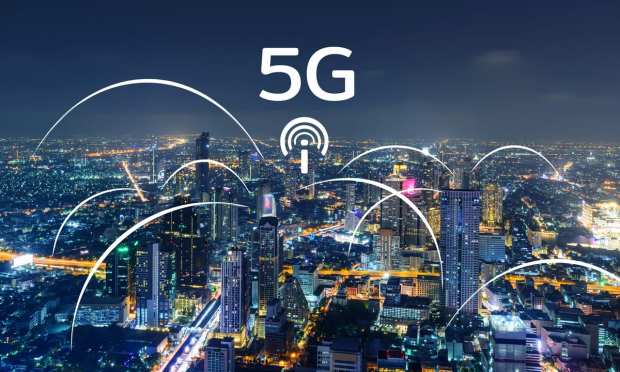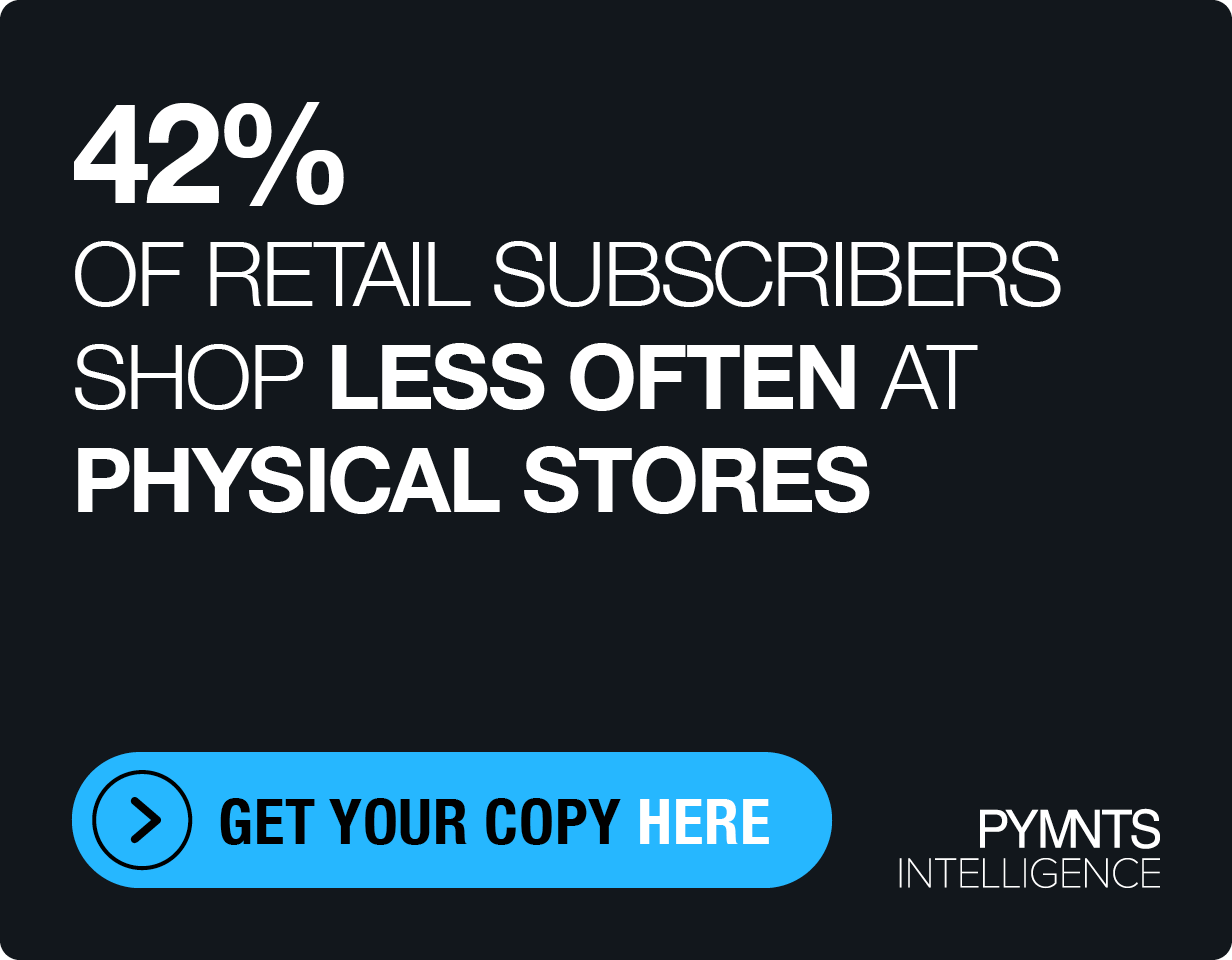Worldwide Competition Seeks 5G XR Solutions for Retail

Seeking innovative ideas for 5G-powered extended reality (XR) solutions that transform the retail experience both in-store and at home, Deutsche Telekom’s research and development unit, T-Labs, and T-Mobile U.S. have launched a worldwide competition.
Dubbed T-Challenge, the competition invites startups, developers, researchers and designers to submit innovative research and solutions for using 5G networks and XR technology to create new innovations in how consumers shop, using immersive XR experiences in stores, at home and on the go.
“Retail is an area that’s ripe for disruption and we see tremendous opportunity to engage consumers in new ways,” Neville Ray, president of technology at T-Mobile U.S., said in a press release. “Shopping inside virtual stores from the comfort of your own home and exploring products in 3D are just the start of where the industry is going, and I can’t wait to experience what comes next.”
Creating New Customer Experiences
XR is the collective term for augmented, virtual and mixed reality, Deutsche Telekom explains on its website. Augmented reality (AR) refers to digital elements inserted into the real world directly on a screen or in glasses. Pokémon Go is an example. Virtual reality (VR) presents the user with a computer-generated world with the help of VR glasses. Mixed reality (MR) requires MR glasses and places the image in front of the glasses. XR includes all three of these.
In the T-Challenge, there are two categories: Solution Development, for applicants to submit new viable XR products; and Concept and Design Creation, for applicants to submit tangible concepts or designs of future prototype XR experiences.
“We want to use XR and our leading 5G networks to enhance and create new customer experiences with practical and human-centric applications, and thus, inspire and convince,” Claudia Nemat, member of the Board of Management for Technology and Innovation, said in the press release. “For this reason, we encourage creative minds to apply to our T-Challenge and help shape the future with their ideas.”
Having an Impact on Brands and Purchasing
Today, the companies report, AR is already having a major impact on brands and how purchasing decisions are made as consumers seek a more personalized and engaged experience.
On their website devoted to the T-Challenge, Deutsche Telekom and T-Mobile U.S. share several exemplary use cases of how technology may improve the customer experience in XR environments.
For example, it can help overcome physical distance and interact with customers when used in diagnostics and fault repair at customers’ homes, exploring customers’ home environment before the companies’ tech support drives to the customer for a fixed-line or in-home installations, and showcase present and future products in-store and at home.
To help with education, a hybrid XR environment may be used in training customers how to use products and services, aiding in the collaboration of internal employees with field service or customers at home, and developing hybrid meetings that ensure that all participants can take part equally.
An XR customer experience also may “make the invisible visible” when used in visualizing new products at home, declaring or explaining software features in-store, and enabling a “see what I see” or “do what I do” experience for customer service.
Improving Customer Engagement 350%
PYMNTS has reported on examples of XR already in use. For example, virtual shopping platform ByondXR on Sept. 30 announced a partnership with Lancôme on a virtual U.K. pop-up store using XR technology. Lancôme said it has seen a 350% increase in customer engagement time in its virtual stores since launching them in February.
XR also is contributing to the move of the metaverse to the mainstream. PYMNTS reported that the technology is helping create simulated experiences at a price point that is becoming increasingly accessible to regular customers.
5G is one of the enabling technologies powering new connected economy use cases, and seamless and secure movement between devices and channels, PYMNTS CEO Karen Webster wrote in an Oct. 18 opinion piece.
